Home>Garden Essentials>What Is The Best Cold Season Turf Grass Seed
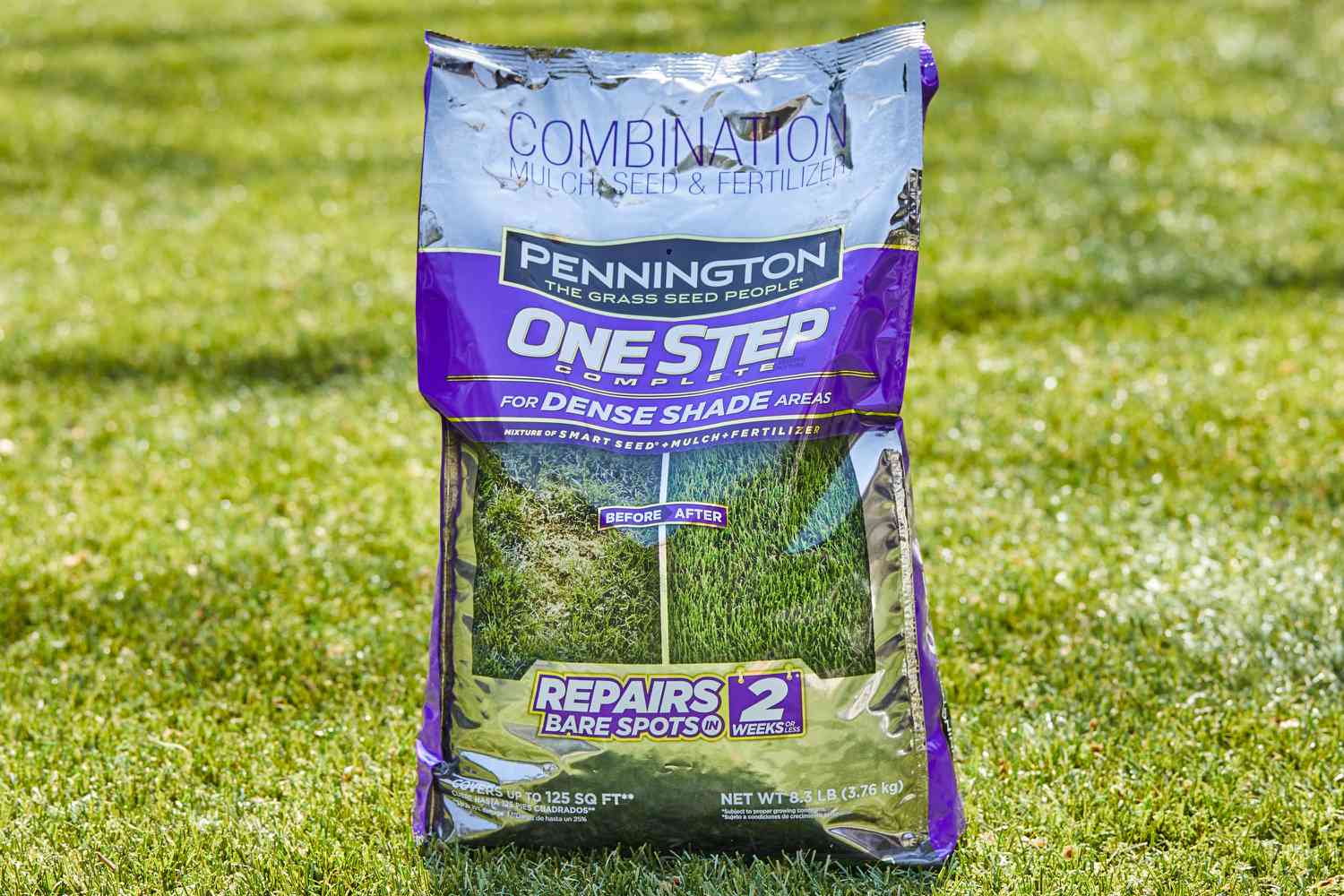

Garden Essentials
What Is The Best Cold Season Turf Grass Seed
Modified: October 18, 2024
Discover the best cold season turf grass seed for your garden. Find out how to keep your lawn looking lush and green all winter long.
(Many of the links in this article redirect to a specific reviewed product. Your purchase of these products through affiliate links helps to generate commission for Storables.com, at no extra cost. Learn more)
Introduction
Welcome to the world of cold season turf grass seed! If you’re looking to transform your garden or lawn in preparation for the colder months, choosing the right turf grass seed is essential. Cold season grasses are specifically designed to thrive in regions that experience colder temperatures, providing a lush and vibrant lawn even during the winter months.
Whether you’re a seasoned gardener or a beginner, understanding the factors to consider when choosing cold season turf grass seed will help you make an informed decision. From germination rates and drought tolerance to disease resistance and maintenance requirements, there are several key aspects to evaluate. In this article, we will explore the factors to consider and highlight some of the most popular cold season turf grass seed varieties available on the market.
When it comes to selecting the best turf grass seed for your cold season garden, climate and weather conditions play a significant role. Colder regions require grass varieties that can withstand freezing temperatures, while milder climates may benefit from different seed options. By understanding your specific climate needs, you can ensure that your turf grass seed selection will thrive in your particular region.
Another crucial factor to consider is the level of foot traffic your lawn typically receives. Some grass varieties are more resilient and can handle high foot traffic, making them ideal for families with children or pets, or for those who frequently entertain guests in their outdoor spaces.
Additionally, it’s important to consider the aesthetics you desire for your lawn. Different grass seed varieties offer varying shades of green, textures, and overall appearances. By selecting the right seed, you can achieve the desired visual appeal and create a picturesque landscape.
Ultimately, understanding these factors will help you make an informed decision and select the best cold season turf grass seed for your garden. In the following sections, we will delve into some of the most popular turf grass seed varieties available for cold season climates and discuss the best practices for planting and maintaining these grasses to ensure a stunning and resilient lawn.
Key Takeaways:
- Choose cold season turf grass seed based on climate, adaptability, growth habits, disease resistance, drought tolerance, and maintenance to ensure a thriving lawn during winter.
- Popular cold season turf grass seed varieties like Kentucky Bluegrass, Tall Fescue, Perennial Ryegrass, Creeping Bentgrass, and Fine Fescue offer unique characteristics for specific lawn needs.
Read more: What Is The Best Seasoning For Pumpkin Seeds
Factors to Consider When Choosing Cold Season Turf Grass Seed
Choosing the right cold season turf grass seed for your garden involves considering several important factors. By evaluating these factors, you can ensure that your chosen seed will thrive in your specific climate and meet your desired lawn requirements. Here are the key factors to consider:
- Climate and Weather Conditions: Different turf grass seed varieties have specific temperature and climate requirements. Consider the average winter temperatures in your region and select a grass seed that can withstand freezing temperatures and potential winter damage.
- Adaptability: Look for grass seed varieties that are adaptable to a wide range of soil types and environmental conditions. This ensures that the grass will thrive even in less-than-ideal soil conditions or areas with moderate shade.
- Growth Habits: Grass seed varieties have different growth habits, such as spreading or clumping. Be sure to choose a seed that matches your desired lawn appearance and maintenance needs. Spreading grasses can fill in bare spots, while clumping grasses require less mowing and are well-suited for low-maintenance landscapes.
- Disease and Pest Resistance: Some grass seed varieties are more resistant to common diseases and pests. Consider the prevalence of specific diseases or pests in your area and choose a seed variety that offers the necessary resistance to keep your lawn healthy.
- Drought Tolerance: If you live in an area with limited water availability or experience frequent droughts, selecting a grass seed variety with high drought tolerance is crucial. Look for grasses that require less water and can withstand periods of limited rainfall.
- Maintenance Requirements: Evaluate the maintenance efforts required for the grass seed variety you are considering. Some grasses require frequent mowing, watering, and fertilizer application, while others are more low-maintenance. Choose a grass seed that aligns with your available time and resources for lawn care.
By carefully considering these factors, you can narrow down your options and select the cold season turf grass seed that meets your specific needs. Now that we’ve covered the key factors to evaluate, let’s explore some popular cold season turf grass seed varieties available on the market.
Popular Cold Season Turf Grass Seed Varieties
When it comes to cold season turf grass seed varieties, there are several popular options to choose from. Each variety has its own unique characteristics, allowing you to find the perfect seed for your specific lawn requirements. Here are some of the most popular cold season turf grass seed varieties:
- Kentucky Bluegrass: Kentucky Bluegrass is a popular choice for cold season lawns due to its rich, dark green color and fine texture. It is known for its ability to self-repair and its high tolerance for cold temperatures. Kentucky Bluegrass forms a dense and durable turf, making it suitable for areas with moderate foot traffic.
- Tall Fescue: Tall Fescue is a versatile grass seed variety that thrives in cold season climates. It has deep roots, allowing it to withstand drought conditions and recover quickly from damage. Tall Fescue is known for its coarse texture and dark green color. It is popular for its ability to adapt to a wide range of soil conditions.
- Perennial Ryegrass: Perennial Ryegrass is a fast-growing grass seed variety that provides quick establishment and excellent wear tolerance. It is known for its fine texture and vibrant, medium green color. Perennial Ryegrass is ideal for overseeding existing lawns or as a temporary cover during winter months.
- Creeping Bentgrass: Creeping Bentgrass is a cool-season grass seed variety that is often used on golf courses and athletic fields. It has a fine texture and forms a dense, carpet-like lawn. Creeping Bentgrass requires regular maintenance and is best suited for those who are dedicated to achieving a professional-looking lawn.
- Fine Fescue: Fine Fescue is a group of grass seed varieties that are known for their low maintenance requirements and tolerance to shade and drought. Fine Fescue includes several sub-species such as Chewings Fescue, Hard Fescue, and Sheep Fescue. These grasses have a fine texture and are often used in mixtures with other grass seed varieties.
It’s important to note that these popular turf grass seed varieties have different characteristics and are suited for specific lawn needs. Consider factors such as appearance, maintenance requirements, and intended use when selecting the best variety for your garden.
Now that you’re familiar with some of the popular cold season turf grass seed varieties, let’s move on to the best practices for planting these seeds to ensure successful germination and growth.
Consider using a cold-tolerant grass seed like Kentucky bluegrass or fine fescue for the best results in the cold season. These grasses can withstand the harsh conditions of winter and still maintain their green color.
Best Practices for Planting Cold Season Turf Grass Seed
Planting cold season turf grass seed requires proper preparation and care to ensure successful germination and establishment. By following these best practices, you can create the optimal conditions for your grass seeds to thrive:
- Soil Preparation: Start by preparing the soil. Remove any existing vegetation, rocks, and debris. Loosen the soil with a rake or tiller to a depth of 4-6 inches. This will provide a loose and well-drained soil structure for the grass seeds to take root.
- Soil Testing and Amendments: Conduct a soil test to determine the pH level and nutrient content of your soil. Based on the results, add any necessary amendments, such as lime to adjust pH or organic matter to improve soil fertility. Follow the recommended guidelines for the specific grass seed variety you have chosen.
- Seeding: Spread the grass seed evenly across the prepared soil using a broadcast spreader or by hand. Apply the recommended amount of seed based on the manufacturer’s instructions. To ensure good seed-to-soil contact, lightly rake the seeds into the top 1/4 inch of soil.
- Watering: After seeding, water the area thoroughly. Keep the soil consistently moist but not saturated until the seeds germinate and establish. Watering lightly several times a day can help prevent the soil from drying out. As the grass begins to grow, gradually reduce the frequency of watering but increase the amount of water each time to encourage deep root growth.
- Mulching: Consider covering the newly seeded area with a thin layer of straw or peat moss. Mulching helps retain moisture and protect the seeds from erosion and extreme temperatures. Avoid using heavy mulch that may inhibit seedlings from emerging.
- Germination and Growth: Germination time can vary depending on the grass variety and environmental conditions. Be patient and provide consistent care during this stage. Avoid mowing until the grass reaches a height of 3-4 inches and is well-established. This may take several weeks to a couple of months.
- Mowing and Maintenance: Once the grass reaches the recommended mowing height, typically around 2-3 inches, you can start mowing. Use a sharp mower blade to avoid tearing or damaging the young grass. Regular mowing, proper fertilization, and weed control will help maintain a healthy and vibrant cold season turf.
By following these best practices, you can ensure optimal conditions for your cold season turf grass seed to germinate, establish, and grow into a beautiful and resilient lawn. However, it’s important to remember that maintenance is key to preserving the health and appearance of your turf grass. Let’s explore some maintenance tips for cold season turf grass in the following section.
Maintenance Tips for Cold Season Turf Grass
Proper maintenance is essential for keeping your cold season turf grass looking lush and healthy. By following these maintenance tips, you can enjoy a vibrant and thriving lawn throughout the colder months:
- Mowing: Regular mowing helps promote a dense and uniform turf. Adjust your mower height to ensure you’re not removing more than one-third of the grass blade at a time. For most cold season grasses, maintaining a mowing height of 2-3 inches is ideal.
- Fertilization: Fertilize your cold season turf grass in the early fall, late fall, and early spring. Use a high-quality, slow-release fertilizer that is specifically formulated for cold season grasses. Follow the recommended application rates to avoid over-fertilization, which can lead to excessive growth and increased susceptibility to diseases.
- Watering: Although cold season grasses are more tolerant of cooler temperatures and require less water than warm season grasses, they still need adequate moisture. Water deeply and infrequently, aiming for around 1 inch of water per week, including rainfall. Watering in the morning allows time for the grass to dry during the day and reduces the risk of fungal diseases.
- Weed Control: Regularly inspect your lawn for weeds and promptly address them. Proper mowing, fertilization, and dense turf growth can help prevent weed infestations. If necessary, use herbicides specifically formulated for your turfgrass variety and follow the instructions carefully.
- Aeration: Over time, soil compaction can hinder water and nutrient absorption, leading to a decline in turf health. Consider aerating your lawn in the early fall or early spring to alleviate compaction and improve root growth. This allows for better air and water circulation in the soil.
- Disease Prevention: Pay attention to signs of disease on your cold season turf grass, such as discoloration, thinning, or patches. Proper maintenance practices, including regular mowing, proper fertilization, and adequate watering, can help minimize the risk of diseases. If necessary, consult with a professional to identify and treat any turfgrass diseases.
- Seasonal Overseeding: Consider overseeding your cold season lawn in the early fall to promote a thick and healthy turf. Overseeding fills in bare spots, strengthens the overall lawn, and improves the ability to withstand foot traffic and stress.
By implementing these maintenance tips, you can ensure that your cold season turf grass remains vibrant and resilient throughout the colder months. Regular and consistent care will help your lawn withstand harsh weather conditions and promote optimal growth and appearance.
Now that you have learned about the factors to consider when choosing cold season turf grass seed, popular grass seed varieties, best practices for planting, and maintenance tips, you are equipped with the knowledge to create a stunning and thriving lawn. Enjoy your beautiful cold season turf and the beauty it brings to your outdoor space!
Read more: What Is The Best Astro Turf For Dogs
Conclusion
Creating a lush and vibrant lawn during the cold season is possible with the right turf grass seed and proper maintenance. By considering factors such as climate, adaptability, growth habits, disease resistance, drought tolerance, and maintenance requirements, you can select the perfect cold season turf grass seed for your garden.
Popular cold season turf grass seed varieties like Kentucky Bluegrass, Tall Fescue, Perennial Ryegrass, Creeping Bentgrass, and Fine Fescue offer a range of options to suit your specific lawn needs. Each variety has its own unique characteristics, including appearance, texture, and maintenance requirements, allowing you to achieve the desired look and functionality for your outdoor space.
When planting cold season turf grass seed, following best practices is crucial for successful germination and establishment. Proper soil preparation, seeding techniques, watering, mulching, and providing the right conditions for germination and growth will set the foundation for a healthy and thriving lawn.
Maintaining your cold season turf grass requires regular mowing, proper fertilization, adequate watering, weed control, aeration, disease prevention, and seasonal overseeding. By implementing these maintenance tips, you can ensure that your lawn remains lush and resilient throughout the colder months.
Remember, the key to a beautiful and enduring cold season lawn is consistent care and attention. By carefully selecting the right turf grass seed, preparing the soil, and following proper planting and maintenance practices, you can enjoy a picturesque garden and outdoor space year-round.
So, get ready to transform your garden into a haven of greenery, even during the cold season. Embrace the beauty and functionality that cold season turf grass can provide, and enjoy the benefits of a vibrant and healthy lawn.
Frequently Asked Questions about What Is The Best Cold Season Turf Grass Seed
Was this page helpful?
At Storables.com, we guarantee accurate and reliable information. Our content, validated by Expert Board Contributors, is crafted following stringent Editorial Policies. We're committed to providing you with well-researched, expert-backed insights for all your informational needs.
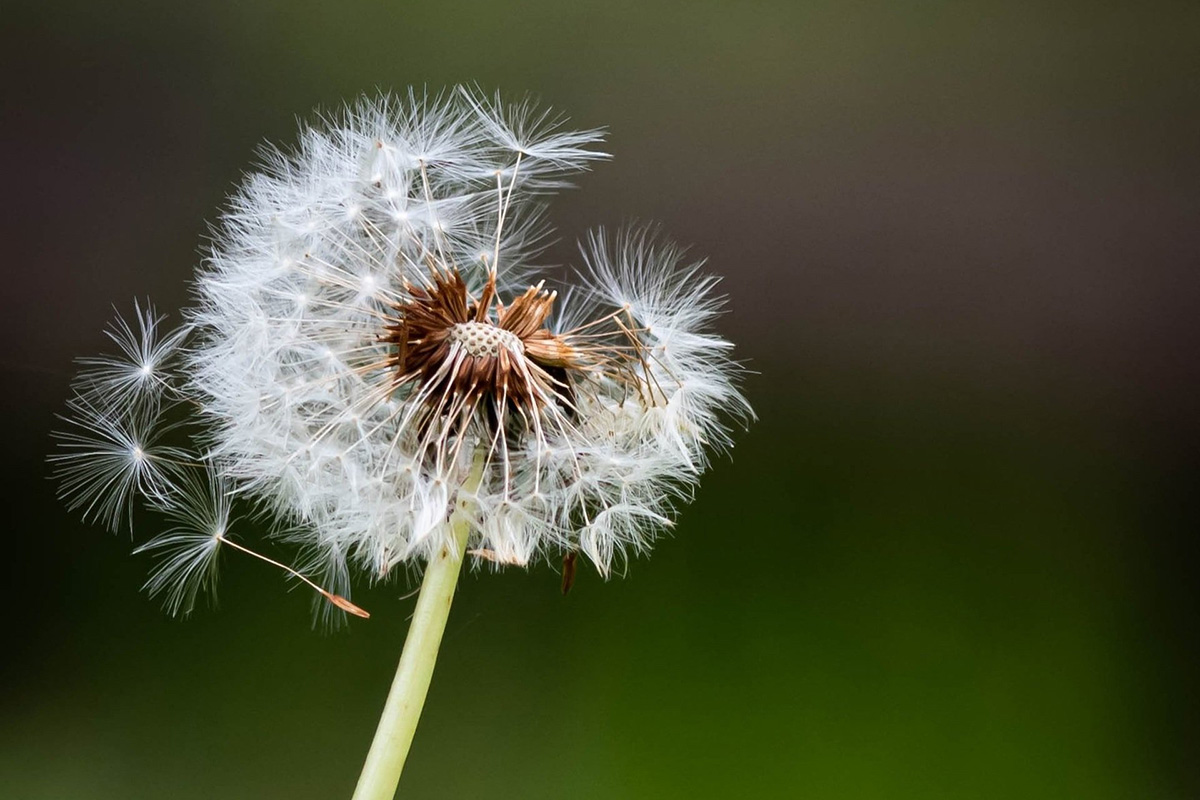
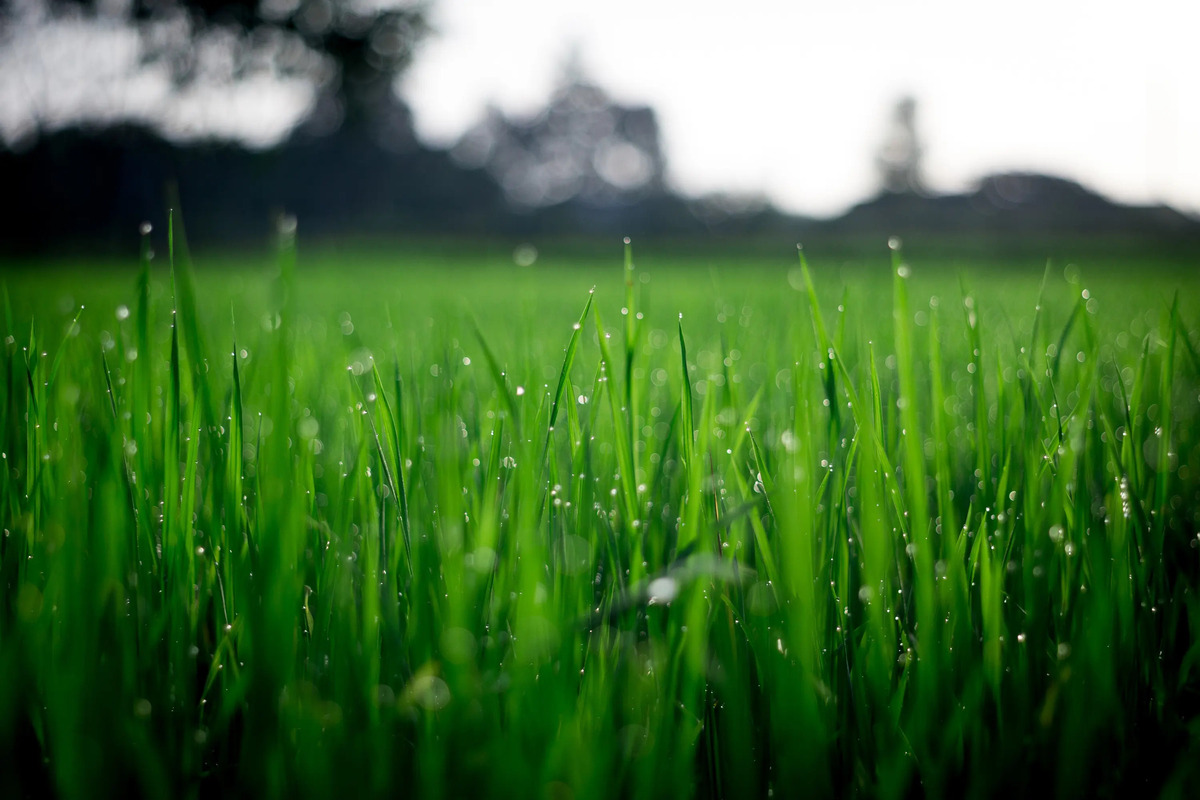
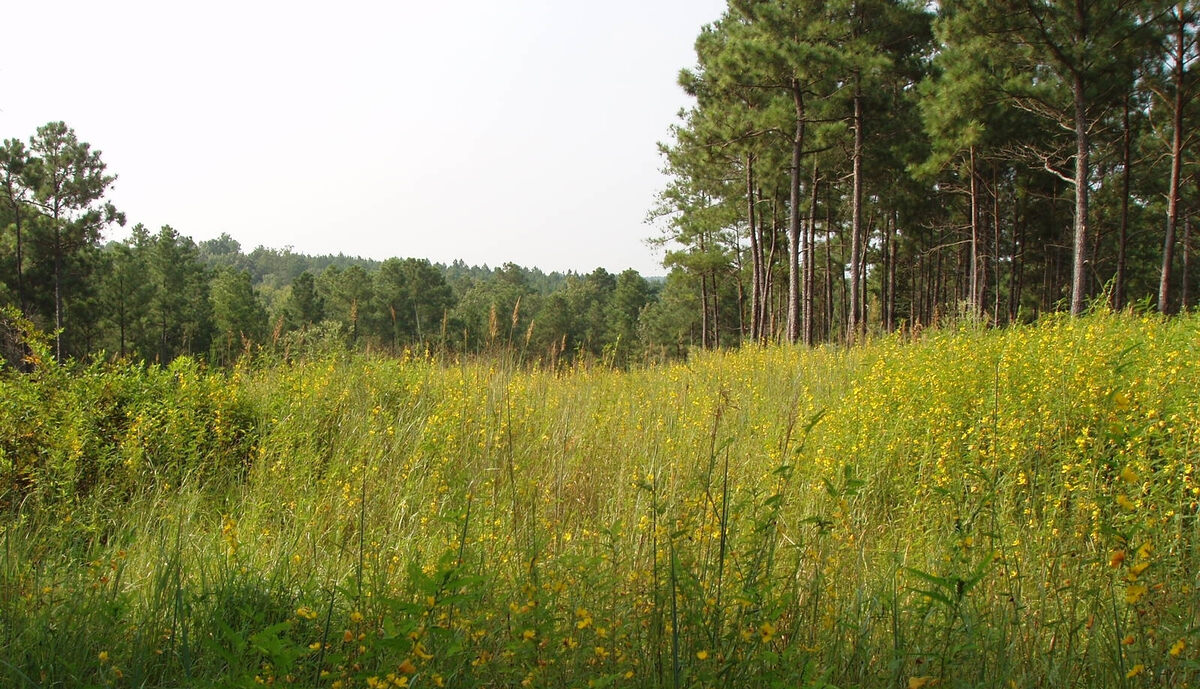
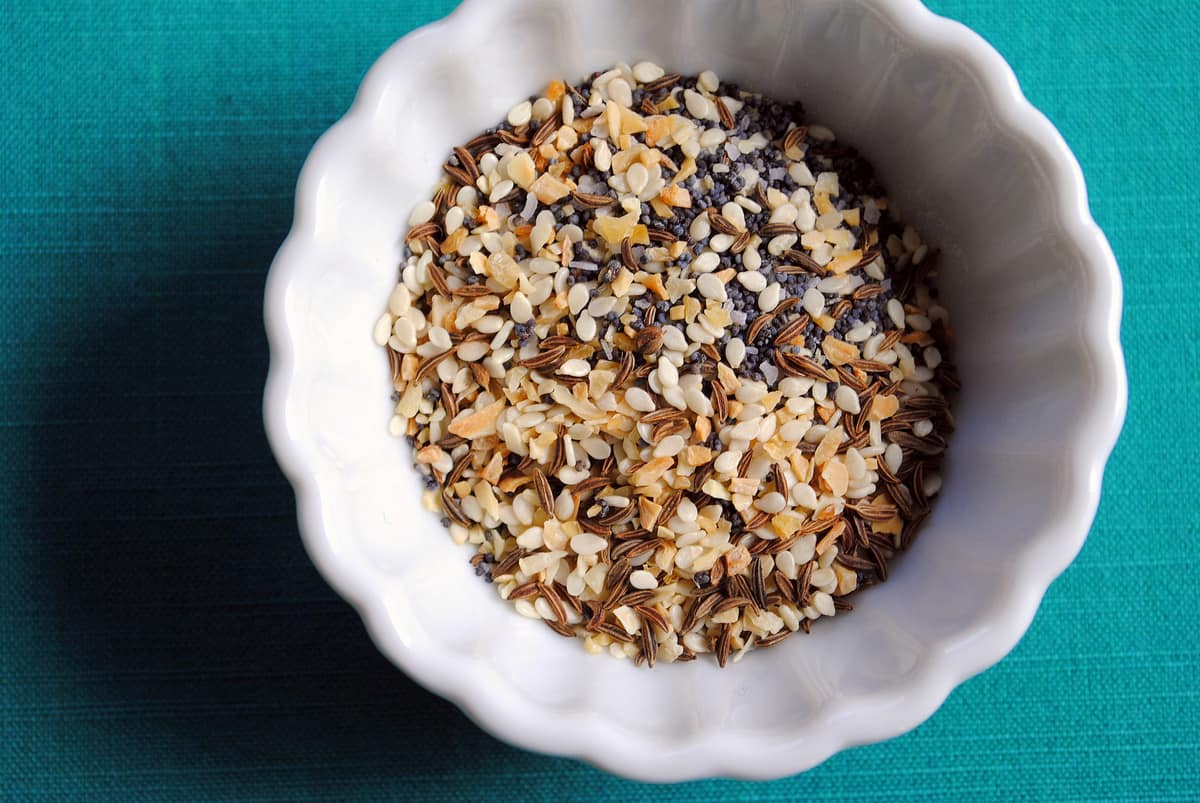

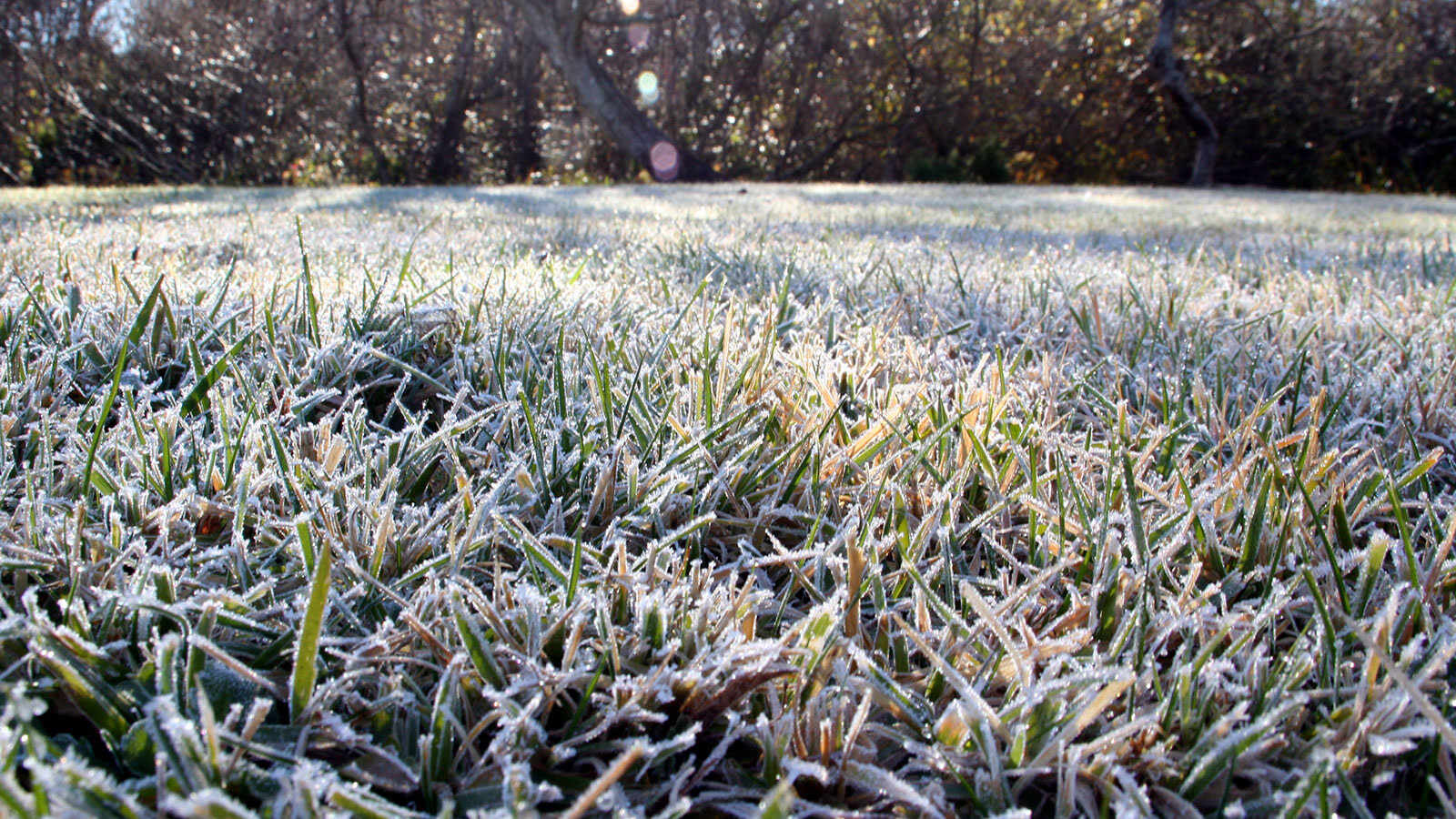

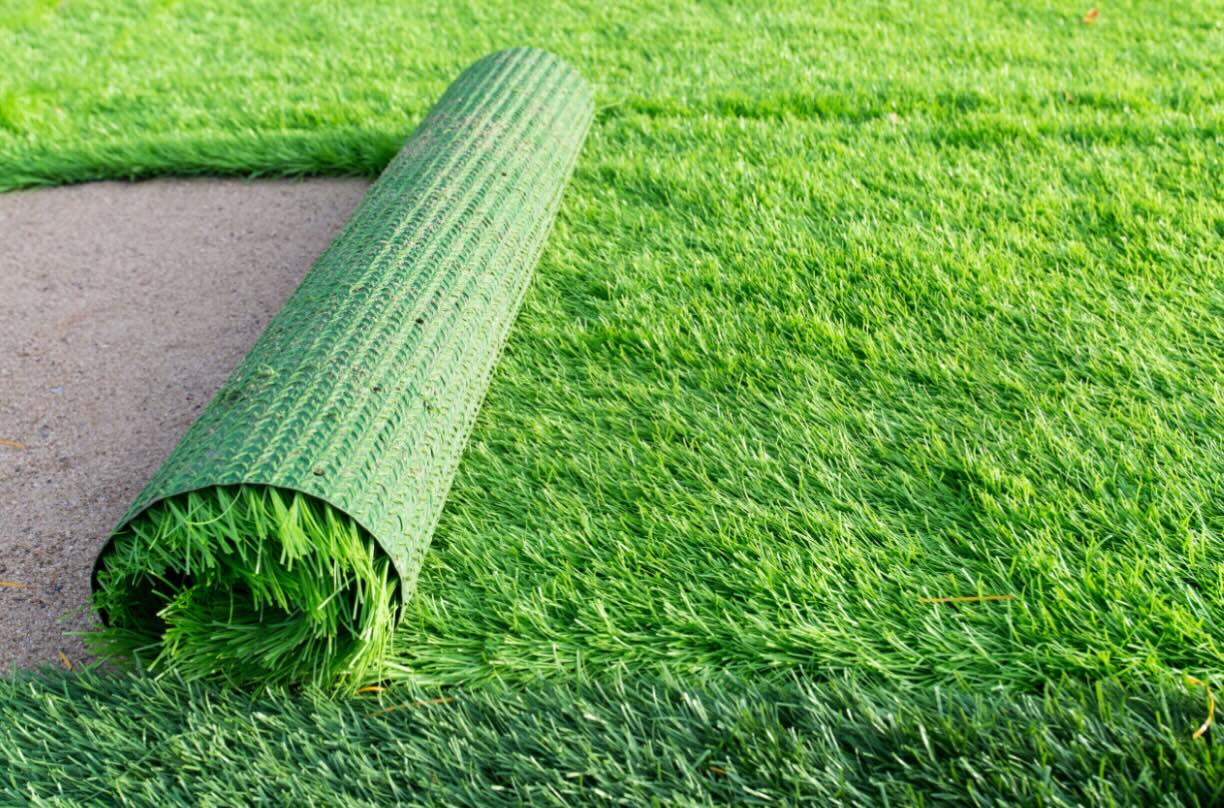
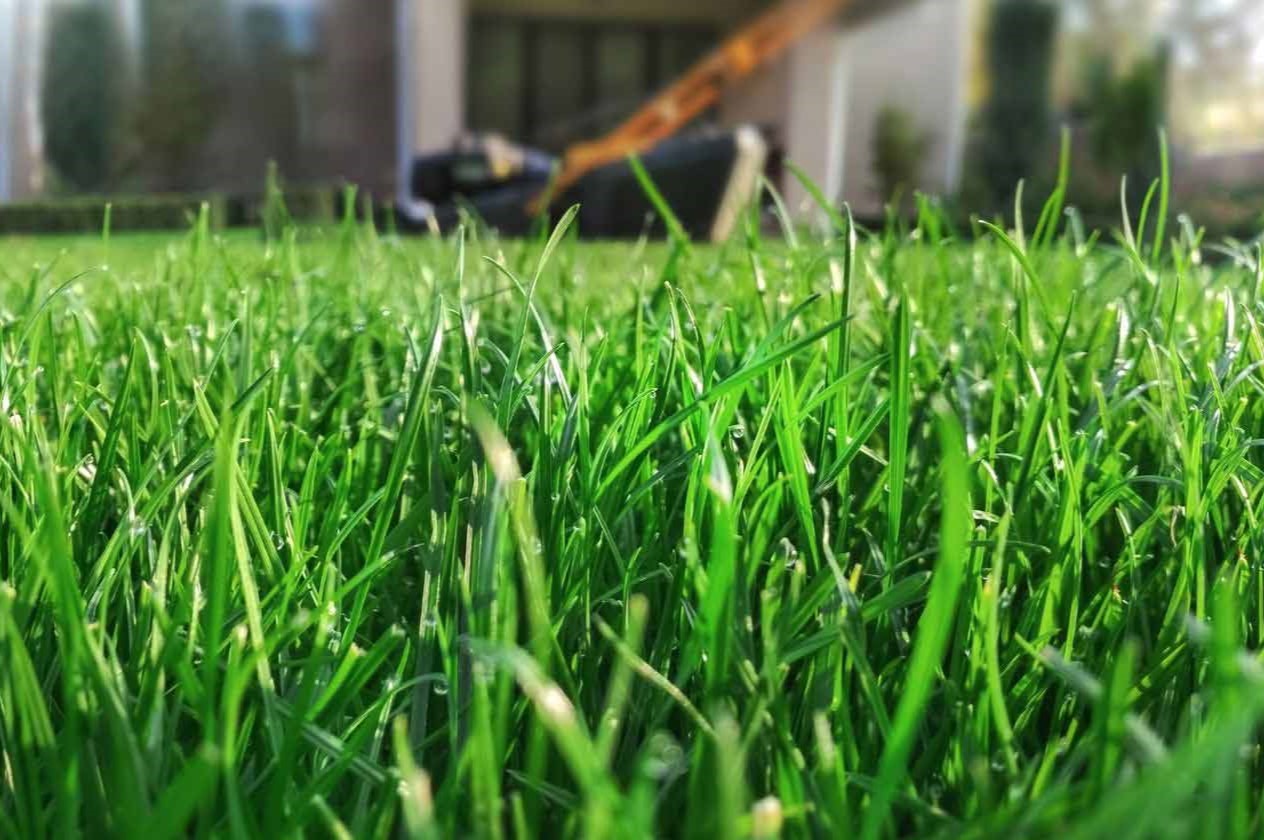
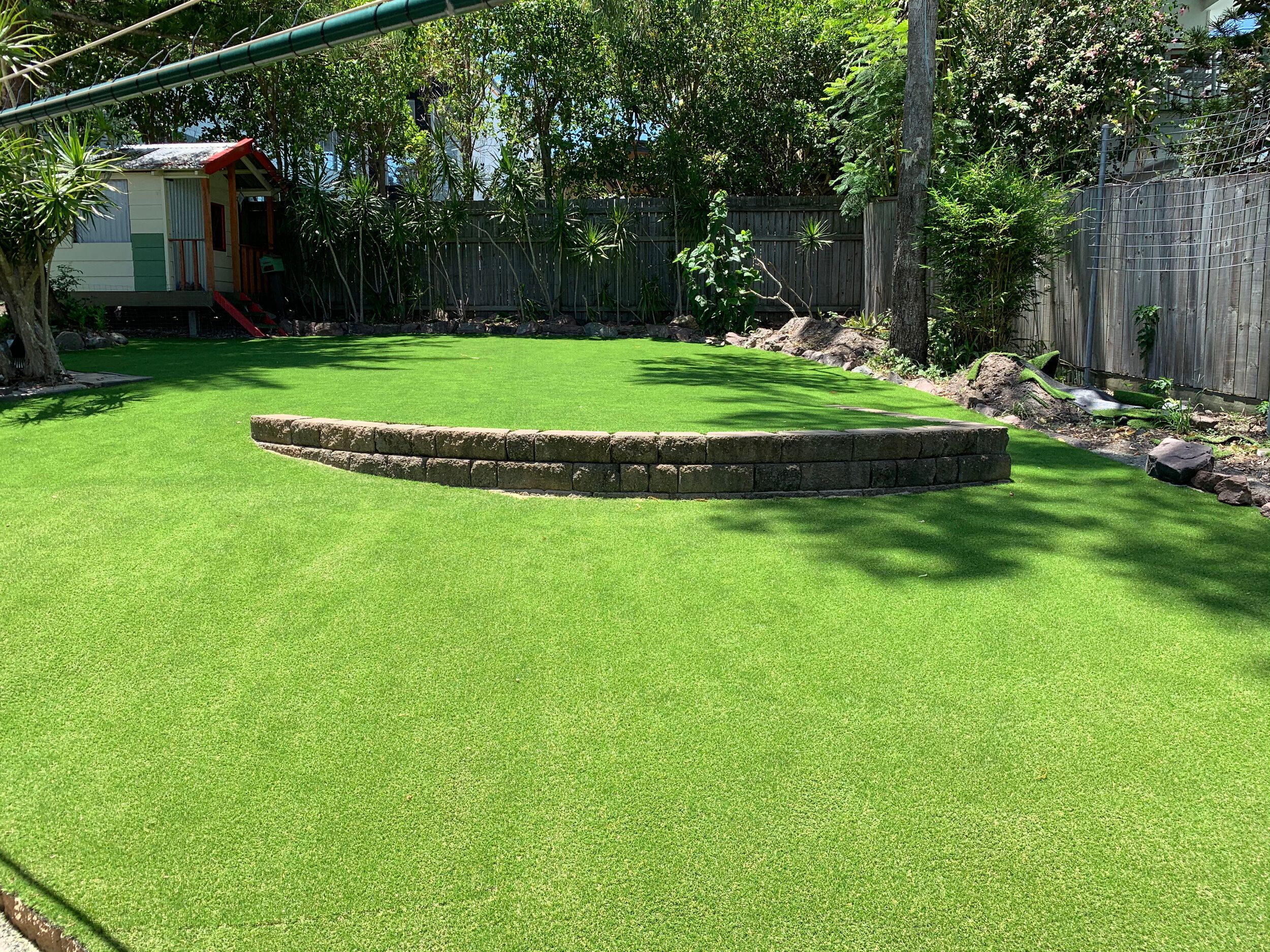
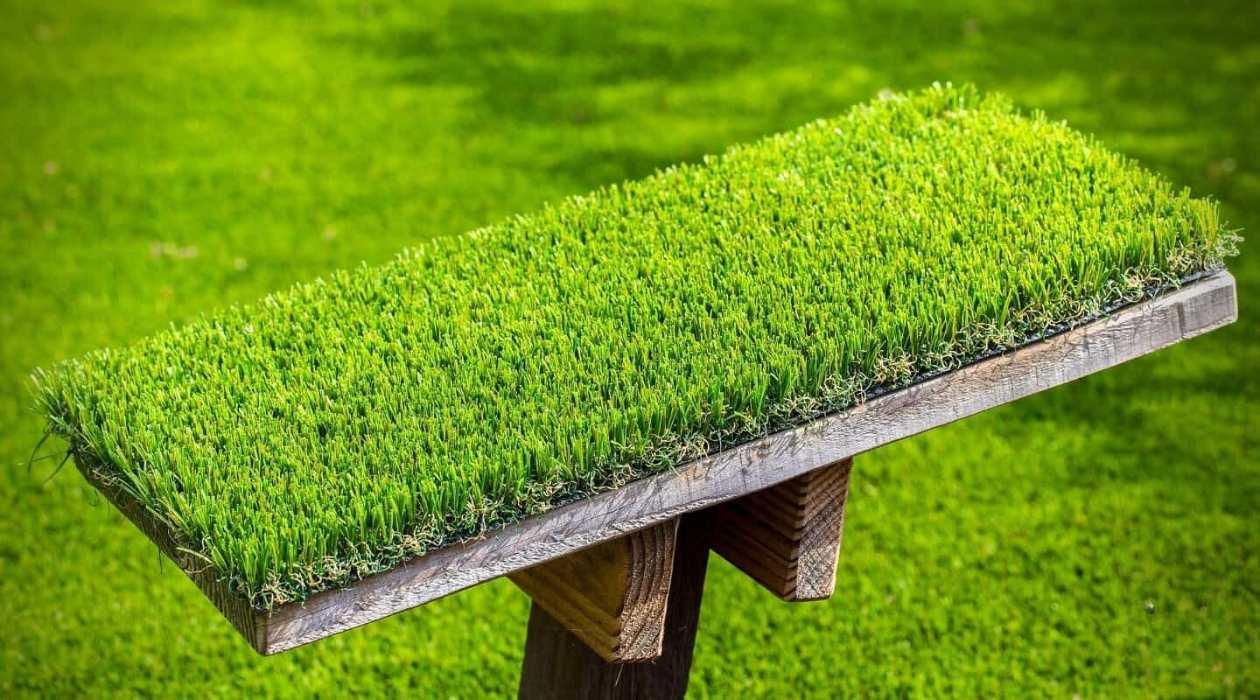
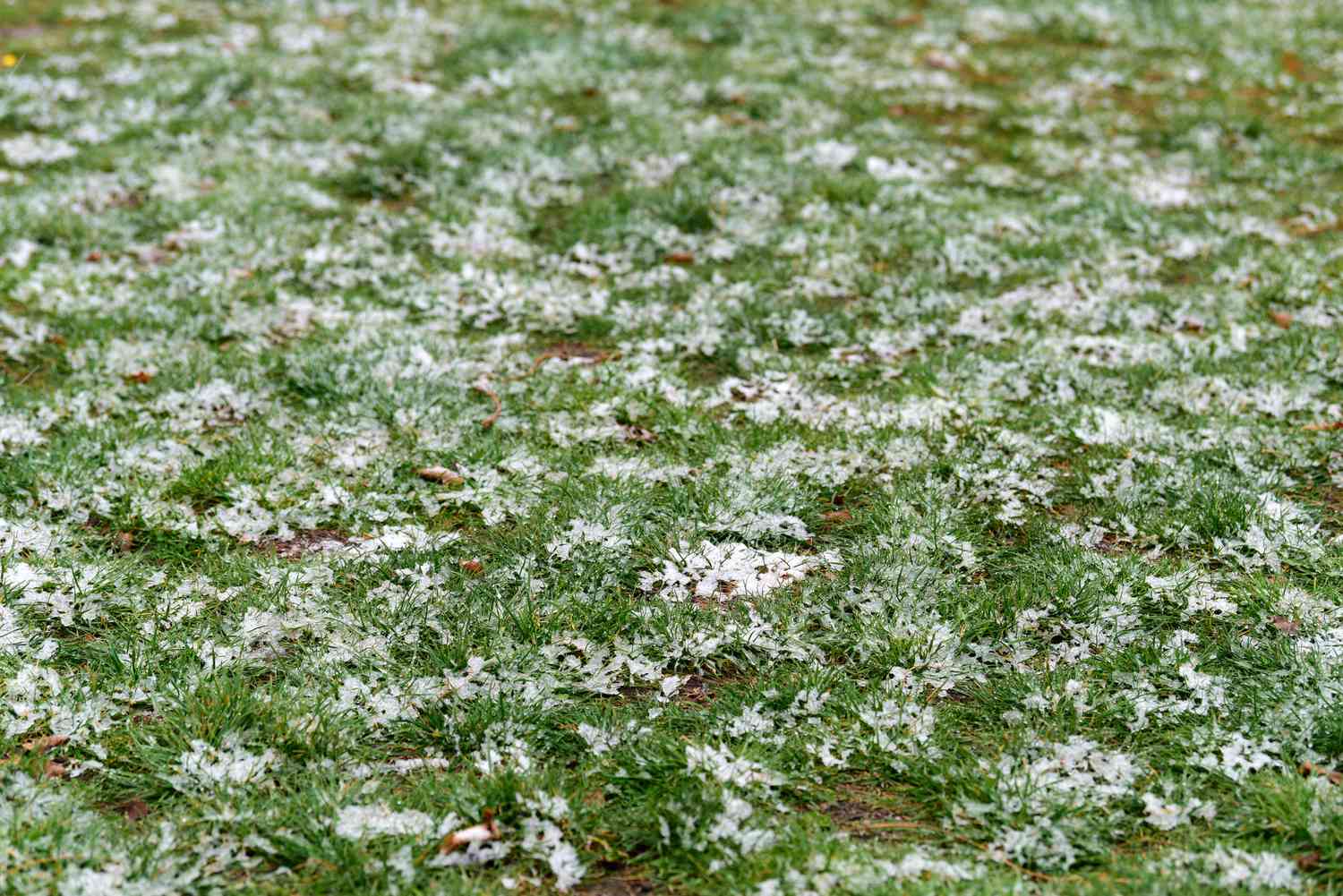
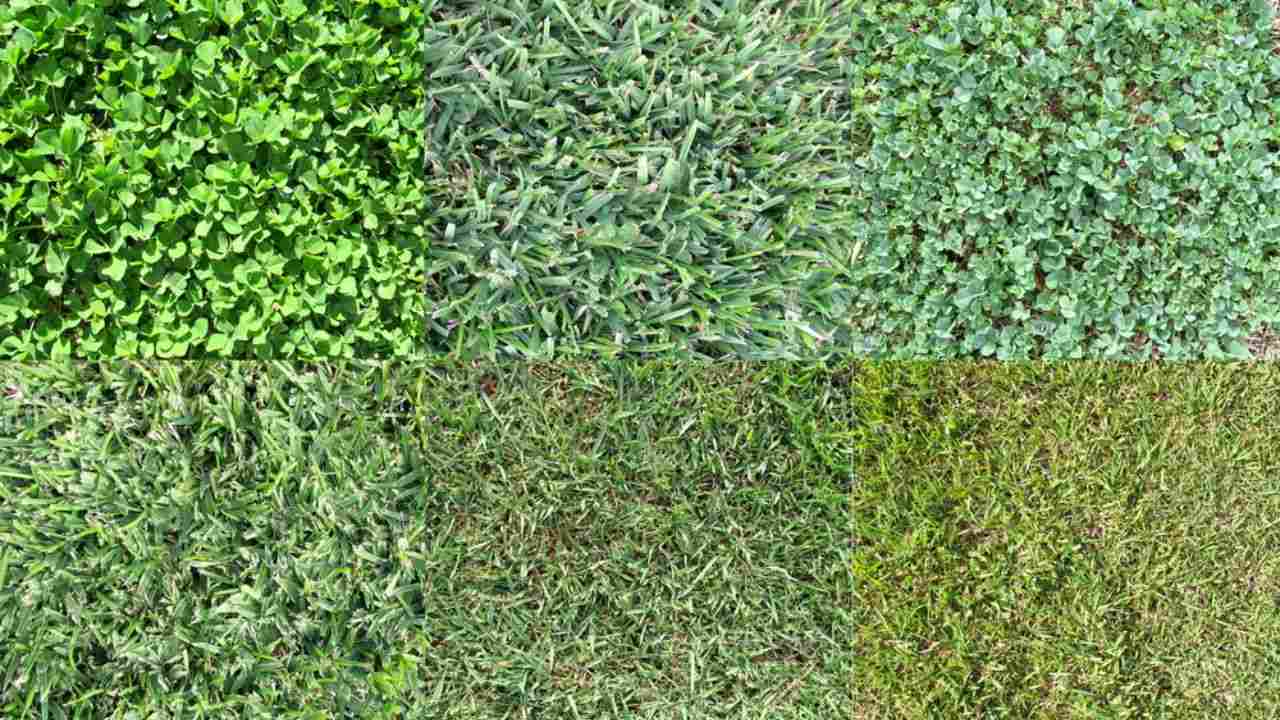
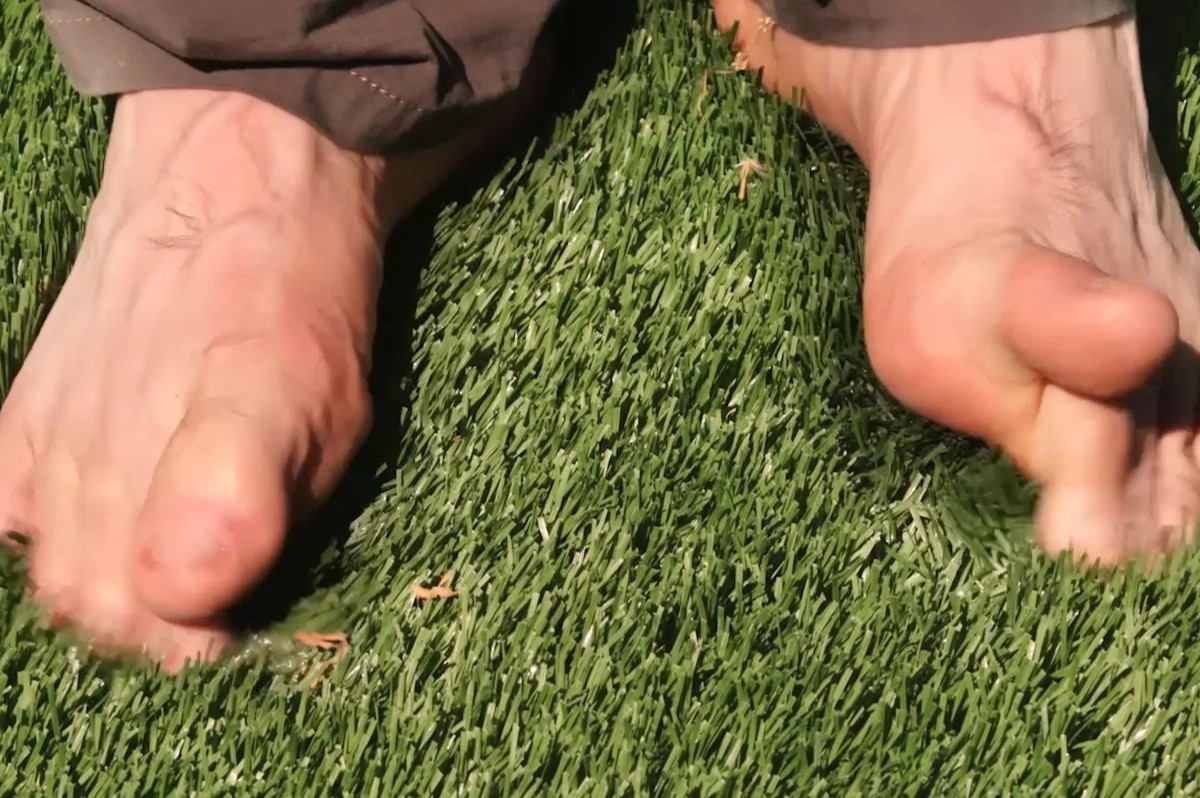

0 thoughts on “What Is The Best Cold Season Turf Grass Seed”